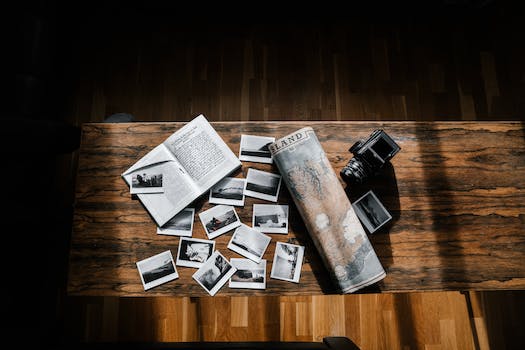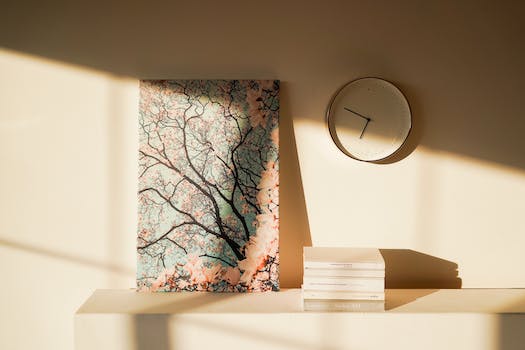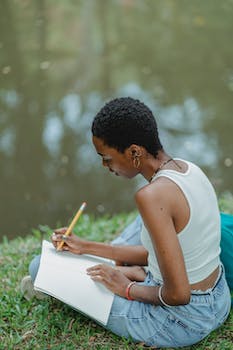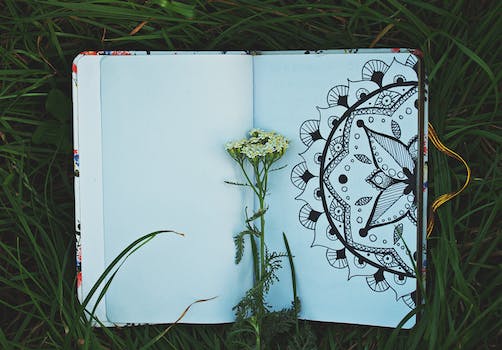

-
Table of Contents
Master the art of embroidery with our comprehensive beginner's guide.
Introduction
Introduction:
"Improving Your Embroidery Skills: A Beginner's Guide" is a comprehensive resource designed to help individuals enhance their embroidery skills from a beginner level. Whether you are new to embroidery or have some basic knowledge, this guide will provide you with valuable tips, techniques, and step-by-step instructions to take your embroidery skills to the next level. From selecting the right materials and tools to mastering various stitches and patterns, this guide aims to equip you with the necessary knowledge and confidence to create beautiful and intricate embroidery designs. So, if you are eager to enhance your embroidery skills and unleash your creativity, this beginner's guide is the perfect starting point for your embroidery journey.
Choosing the Right Embroidery Supplies for Beginners
Embroidery is a beautiful and intricate art form that has been practiced for centuries. Whether you are a beginner or have some experience, improving your embroidery skills can be a rewarding and fulfilling journey. One of the first steps in this journey is choosing the right embroidery supplies for beginners. In this article, we will explore the essential supplies you need to get started and provide some tips on how to select the best ones.
The first and most important supply you will need is an embroidery hoop. This circular frame holds the fabric taut, allowing you to work on your embroidery with ease. When choosing a hoop, opt for one that is comfortable to hold and fits the size of your project. A smaller hoop is ideal for beginners as it provides more control and allows you to focus on mastering the basic stitches.
Next, you will need embroidery needles. These needles have a larger eye and a sharp point, making it easier to thread and pierce through the fabric. It is recommended to have a variety of needle sizes to accommodate different thread thicknesses and fabric types. Start with a pack of assorted needles and experiment to find the ones that work best for you.
Thread is another essential supply for embroidery. There are various types of embroidery threads available, such as cotton, silk, and metallic. For beginners, it is advisable to start with cotton threads as they are easier to work with and come in a wide range of colors. As you gain more experience, you can explore other types of threads to add texture and dimension to your embroidery.
In addition to thread, you will also need embroidery floss. Floss is a divisible thread made up of six strands that can be separated and used individually or combined for a thicker effect. It is versatile and commonly used in embroidery projects. Similar to thread, floss comes in a vast array of colors, allowing you to create vibrant and intricate designs.
To transfer your design onto the fabric, you will need a transfer pen or pencil. These pens or pencils are specially designed to create temporary marks on the fabric that can be easily removed or washed away. They come in different colors, so choose one that contrasts well with your fabric to ensure visibility while stitching.
Another important supply is a pair of embroidery scissors. These small, sharp scissors are used for trimming threads and cutting fabric. Invest in a good quality pair that feels comfortable in your hand and has a fine point for precision cutting.
Lastly, consider investing in a good embroidery book or online tutorial to guide you through the learning process. These resources provide step-by-step instructions, tips, and inspiration to help you improve your embroidery skills. Look for books or tutorials that cater specifically to beginners and cover the basics of embroidery stitches and techniques.
In conclusion, choosing the right embroidery supplies for beginners is crucial in improving your embroidery skills. Start with the essentials such as an embroidery hoop, needles, thread, floss, transfer pen or pencil, and embroidery scissors. Experiment with different supplies to find what works best for you. Additionally, utilize embroidery books or online tutorials to enhance your knowledge and skills. With the right supplies and resources, you will be well on your way to creating beautiful and intricate embroidery pieces.
Mastering Basic Embroidery Stitches: Step-by-Step Guide
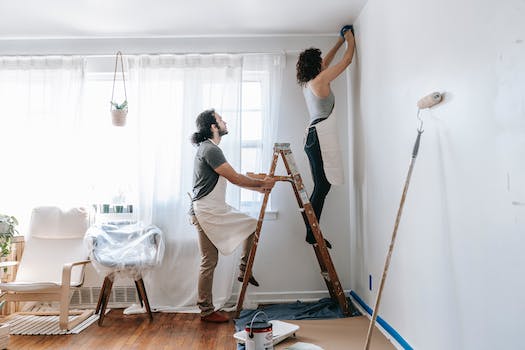
Embroidery is a beautiful and intricate art form that has been practiced for centuries. Whether you are a complete beginner or have some experience, mastering basic embroidery stitches is essential to improving your skills. In this step-by-step guide, we will walk you through some of the most commonly used stitches in embroidery.
The first stitch we will cover is the backstitch. This stitch is great for creating outlines and adding fine details to your embroidery. To start, bring the needle up through the fabric at point A. Then, insert the needle back into the fabric at point B, a short distance away from point A. Bring the needle up again at point C, which should be in line with point A. Continue this pattern, always inserting the needle back into the fabric at the previous stitch's endpoint, until you have completed your desired line or shape.
Next, let's move on to the satin stitch. This stitch is perfect for filling in larger areas with solid color. To begin, bring the needle up through the fabric at point A, and then insert it back into the fabric at point B, a short distance away. Bring the needle up again at point C, which should be in line with point A and B. Continue this pattern, always inserting the needle back into the fabric at the previous stitch's endpoint, until you have filled in the entire area.
Now, let's explore the French knot. This stitch is commonly used to create small, textured dots or accents in your embroidery. To start, bring the needle up through the fabric at the desired location for your knot. Hold the thread taut with your non-dominant hand, and wrap it around the needle two or three times. Insert the needle back into the fabric close to where it came up, making sure to hold the thread taut. Gently pull the needle through the fabric, allowing the wrapped thread to form a knot on the surface.
Moving on, we have the chain stitch. This stitch is great for creating decorative lines or borders in your embroidery. To begin, bring the needle up through the fabric at point A. Insert the needle back into the fabric at point B, a short distance away from point A. Before pulling the needle all the way through, bring it up through the fabric at point C, which should be in line with point A and B. Repeat this process, always inserting the needle back into the fabric at the previous stitch's endpoint and bringing it up through the fabric a short distance away, until you have completed your desired line or shape.
Lastly, let's discuss the cross stitch. This stitch is commonly used to create intricate patterns and designs in embroidery. To start, bring the needle up through the fabric at point A. Insert the needle back into the fabric at point B, diagonally across from point A. Bring the needle up again at point C, which should be in line with point A and B, but on the opposite diagonal. Continue this pattern, always inserting the needle back into the fabric at the previous stitch's endpoint and bringing it up through the fabric diagonally across, until you have completed your desired pattern or design.
Mastering these basic embroidery stitches will provide a solid foundation for improving your embroidery skills. Practice each stitch individually before combining them to create more complex designs. Remember to take your time and be patient with yourself as you learn. With practice and dedication, you will soon be creating beautiful and intricate embroidery pieces.
Tips and Tricks for Improving Embroidery Accuracy and Precision
Embroidery is a beautiful and intricate art form that requires patience, precision, and practice. Whether you are a beginner or have some experience, there are always ways to improve your embroidery skills. In this section, we will explore some tips and tricks that can help you enhance your embroidery accuracy and precision.
One of the most important aspects of embroidery is having a steady hand. To achieve this, it is crucial to find a comfortable position and maintain a relaxed grip on your embroidery hoop or frame. This will allow you to have better control over your needle and thread, resulting in more accurate and precise stitches.
Another tip for improving embroidery accuracy is to use the right tools and materials. Investing in high-quality embroidery needles, threads, and fabrics can make a significant difference in the outcome of your work. Thinner needles are ideal for delicate stitches, while thicker ones are better suited for bold and textured designs. Similarly, using the right thread weight and type for your project can greatly impact the final result.
When it comes to embroidery, practice truly makes perfect. Regularly setting aside time to practice your stitches can help you develop muscle memory and improve your accuracy. Start with simple stitches like the backstitch or running stitch and gradually move on to more complex ones. By practicing consistently, you will become more comfortable with the techniques and be able to execute them with greater precision.
In addition to practicing stitches, it is also essential to pay attention to your tension. Tension refers to the tightness of your stitches and can greatly affect the overall appearance of your embroidery. Too loose tension can result in sloppy and uneven stitches, while too tight tension can cause your fabric to pucker. Finding the right balance may take some trial and error, but with practice, you will be able to achieve consistent and even tension.
Using embroidery hoops or frames can also help improve your accuracy and precision. These tools keep your fabric taut and prevent it from shifting or puckering while you work. Hoops and frames come in various sizes, so choose one that fits your project comfortably. Additionally, make sure to adjust the tension of your fabric within the hoop or frame to ensure a smooth and even surface for your stitches.
Lastly, paying attention to the details can greatly enhance the accuracy and precision of your embroidery. Take the time to plan your design, mark your fabric, and measure your stitches. Using a water-soluble fabric marker or tailor's chalk can help you create guidelines and ensure that your stitches are evenly spaced. Additionally, measuring your stitches can help you maintain consistency throughout your work.
Improving your embroidery accuracy and precision takes time and practice, but with the right techniques and tools, you can achieve beautiful and professional-looking results. Remember to find a comfortable position, use high-quality materials, practice regularly, pay attention to tension, use embroidery hoops or frames, and focus on the details. By incorporating these tips and tricks into your embroidery practice, you will be well on your way to becoming a skilled and accomplished embroiderer.
Q&A
1. How can I improve my embroidery skills as a beginner?
Practice regularly, start with simple designs, learn different stitches, experiment with different fabrics and threads, and seek inspiration from experienced embroiderers.
2. Are there any specific techniques I should focus on to enhance my embroidery skills?
Mastering basic stitches like backstitch, satin stitch, and French knot is essential. Additionally, learning techniques such as shading, blending colors, and creating texture can greatly enhance your embroidery skills.
3. What resources can I use to further improve my embroidery skills?
There are various resources available to help you improve your embroidery skills. Consider joining embroidery classes or workshops, watching online tutorials, reading books or blogs on embroidery techniques, and connecting with other embroiderers through forums or social media groups.
Conclusion
In conclusion, improving your embroidery skills as a beginner can be achieved through various steps. These include selecting the right materials, practicing basic stitches, experimenting with different techniques, seeking inspiration from other embroiderers, and being patient with the learning process. By following these guidelines and dedicating time and effort, beginners can enhance their embroidery skills and create beautiful and intricate designs.

